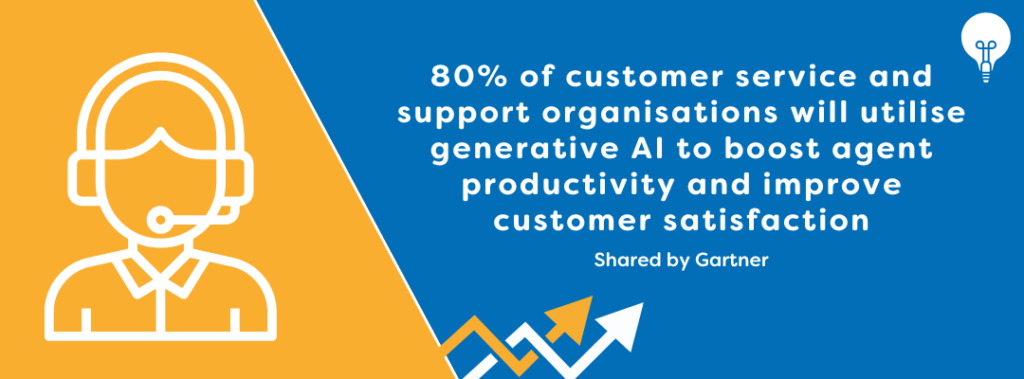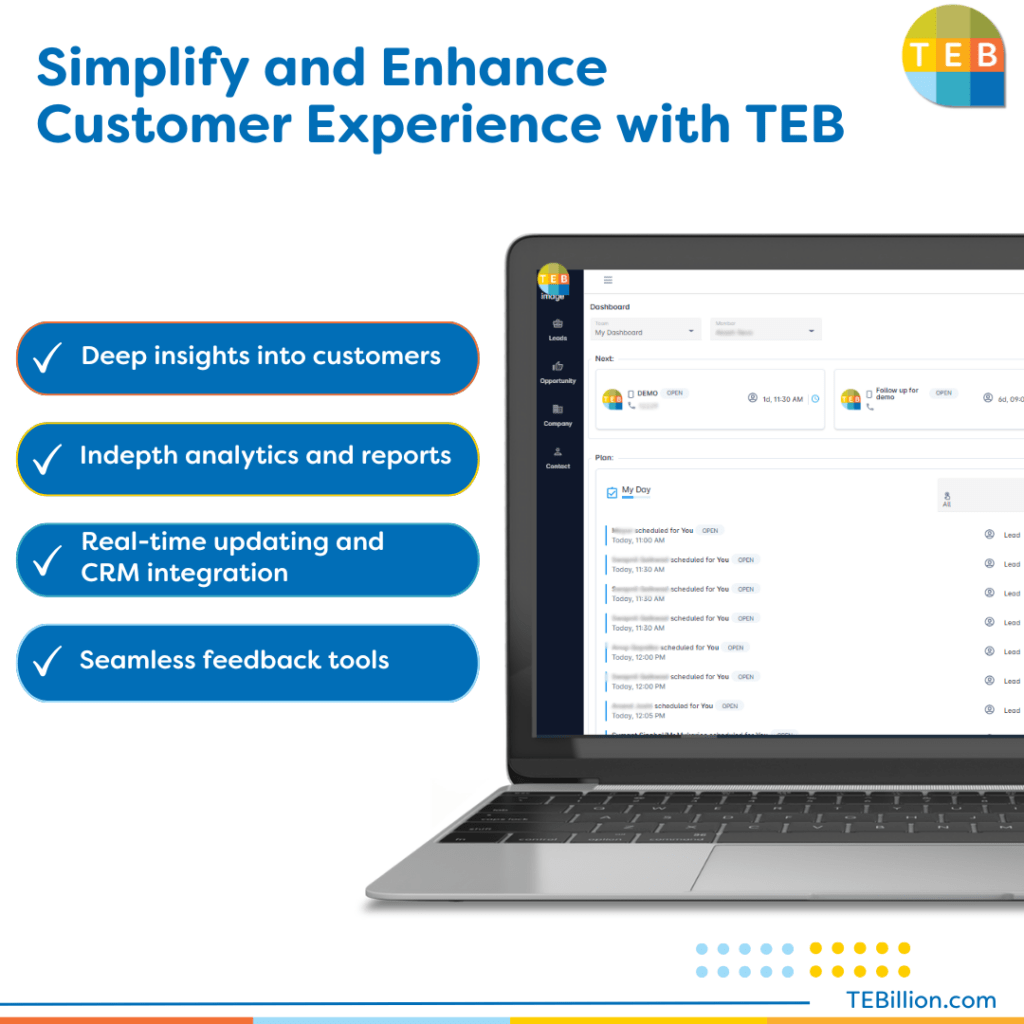
Customer Experience (CX) is often seen as a key differentiator when potential clients are looking to choose between providers or companies. Making sure your CX is suitable, streamlined, and capable of supporting your activities is crucial, which is why customer experience automation in 2025 is becoming more popular than ever.
In this article we are going to take a deep dive into CX – why it is so incredibly important, how automation and modern tools are changing the goalposts, what can be enhanced with these functions, and the essential technologies that are driving automated customer experience.
CX essentially has a direct impact on a business in how they attract and retain customers, and whether revenue and brand loyalty is driven as a result. Businesses that struggle with their customer service and engagement, will often find that they have difficulty in keeping customers, sales figures are lower, and advertising costs are higher.
When it comes to the impact of CX from the perspective of your audience, the numbers really do speak for themselves:

Of course, this focus and need from customers has greatly impacted the way businesses handle their CX, and the processes which support it.
Customer experience automation 2025 is leading businesses towards more modern solutions, where automation handles repetitive and simple tasks, freeing up their teams to work on more complex and profitable issues.
In order to get ahead, develop a great reputation, and keep your customers coming back for more, it is vital that you not only offer a fantastic product/service, but also the experience to go alongside it.
TEB understands that balancing your CX and your sales strategy is something that you need to take seriously. This is why the system is designed to track sales, enable greater engagement, and keep those all-important interactions in a usable accessible place, so you can create ultra-personalised content (within data security and legal expectations) and delight your customers at every stage of their journey.
Customer experience automation 2025 has seen a fundamental reshaping from traditional processes, because of the increased need to prioritise customer engagement.
By streamlining business processes and making more efficient use of resources, businesses can personalise interactions, reduce operational costs, and create a more agile and proactive business environment, which better positions them to take advantage of short-term trends (fads), as well as incoming long-term ones.
Some of the key areas where automation, AI and modern tech have been directly impacting CX and businesses as a whole include:
Whereas customer experience used to be completely driven by team members (sales or marketing), now it is being pushed by algorithms, data processing, and structured development.
Of course there is still an absolute need for human engagement, a lot of people do not like dealing just with machines and AI, and whilst they enjoy the convenience for simple interactions – there needs to be a function and structure in place to get in touch with an agent for more complex or unusual circumstances.
The businesses that are doing the best with their CX understand this balance and are strategically introducing AI and automation in to support their teams, whilst still giving them the ability to be present and available as required.
Customer experience automation 2025 is being largely supported by tools which allow for faster engagements, deeper and more accurate insights, and the ability for teams to focus.
According to Gartner, 80% of customer service and support organisations will utilise generative AI to boost agent productivity and improve customer satisfaction.

AI by itself can only do so much, but when the tool is combined with strategic automation, reliable data, and the ability to use information in a way that boosts its capacity – then improved customer satisfaction and CX becomes much easier.
Personalisation has been an important trend for customer experience for quite a few years now, and as technology develops, so too do customer expectations. Personalisation became hyper-personalisation, and now ultra-personalisation, as consumers understand that companies are capable of gathering a lot of information about themselves, their preferences, and their activities – and they expect them to use it for their benefit.
It is important to recognise that customer experience automation in 2025 can encompass a wide range of areas, and just because you can automate everything does not mean that you should.
In order for automation to truly benefit your business, you need to break down the stages of your processes, and the customer journey, and evaluate what you are doing.
To help you determine what is best for your business, here is a brief look at some of the different stages of CX and the customer journey, and the types of automation that could be beneficial:
Pre-purchase and Awareness
Purchase and Engagement
Post-Purchase and Loyalty
Operational efficiency and in the office
The more support and digital infrastructure your business has behind it, the faster and more effective your actions can be. Modern tools like automation and AI are only going to continue to develop in their efficiency and grow in their business usage.
If you do not adopt technology now, you run the very real risk of being left behind and unable to compete in a world where personalisation is expected, quick action is required, and customers want to see businesses doing more than just simply selling them a product or service.
Customer experience automation in 2025 is being powered by modern platforms, integrating programs and tools that generally save a lot of time, effort, and excess budget spending.
In order to set up your digital infrastructure, it is vital that you know what you need, where it is best placed, and what support is going to be available once you have got the programs installed and operational.
With that in mind, when looking at improving your customer experience, the best tools and technologies to have in your business will likely include:
Of course, depending on the size and scale of your business, there may be more that you need to support a robust CX-focused structure, and the above-mentioned will be the bare minimum.
At the end of the day, your business can only operate as well as the structure it is working from. The more you can streamline, improve, and refine your infrastructure, the better your team will be able to work, and the more sales and profits you will be capable of generating.
TEB is an advanced business automation and CRM for the AI age that is proven to maximise revenue by making business simple. with TEB, businesses are streamlining their customer service, and closing leads faster with intelligent insights into needs, automated follow-ups and a fast efficient service. With TEB you will have:

Book a demo with our experts today, and we will show you exactly what TEB can bring to better your business.
As more customers focus on CX and what a company can give them, you need to make sure you are capable of not just responding to these needs, but exceeding expectations – you can do that with TEB.